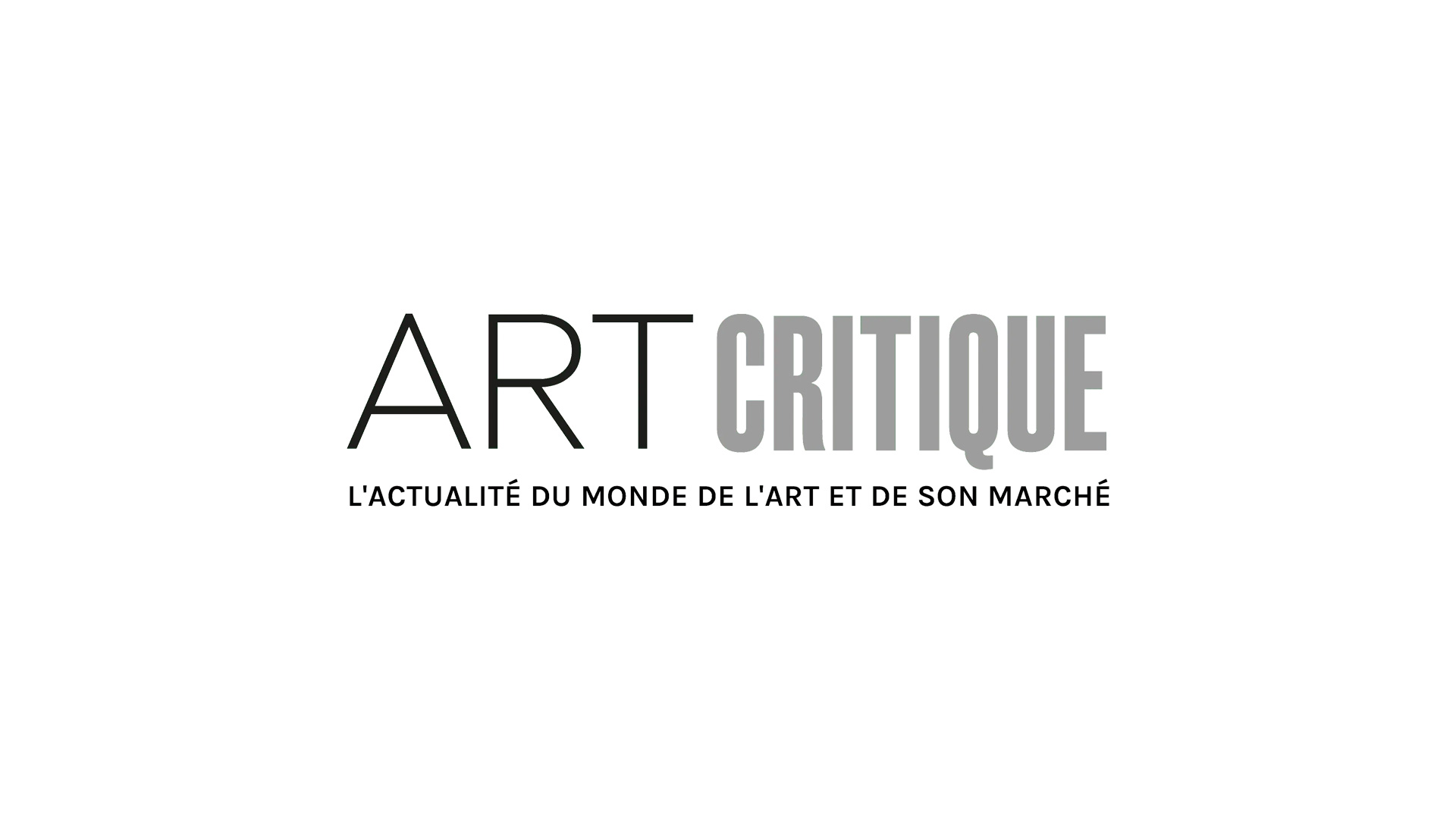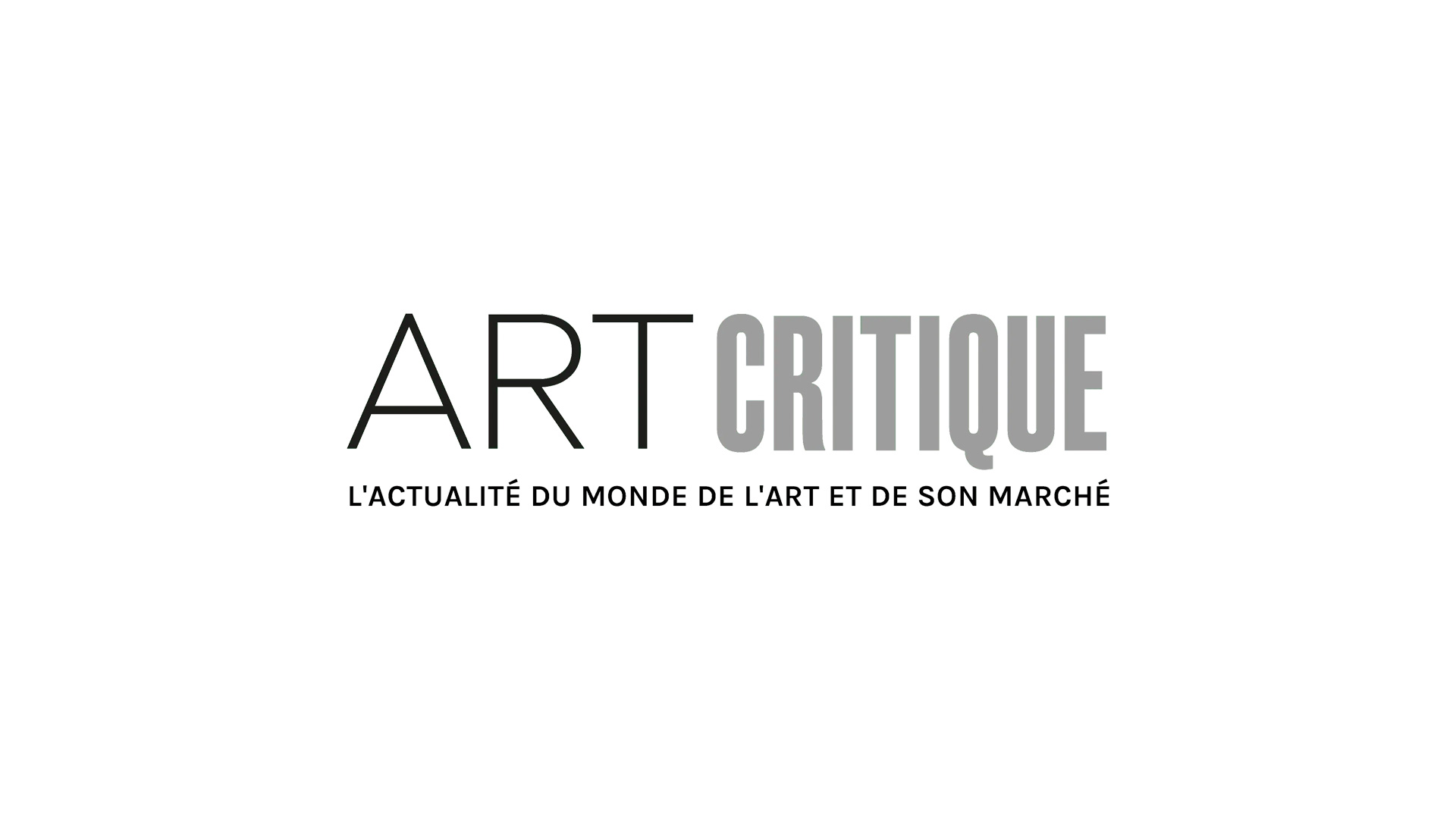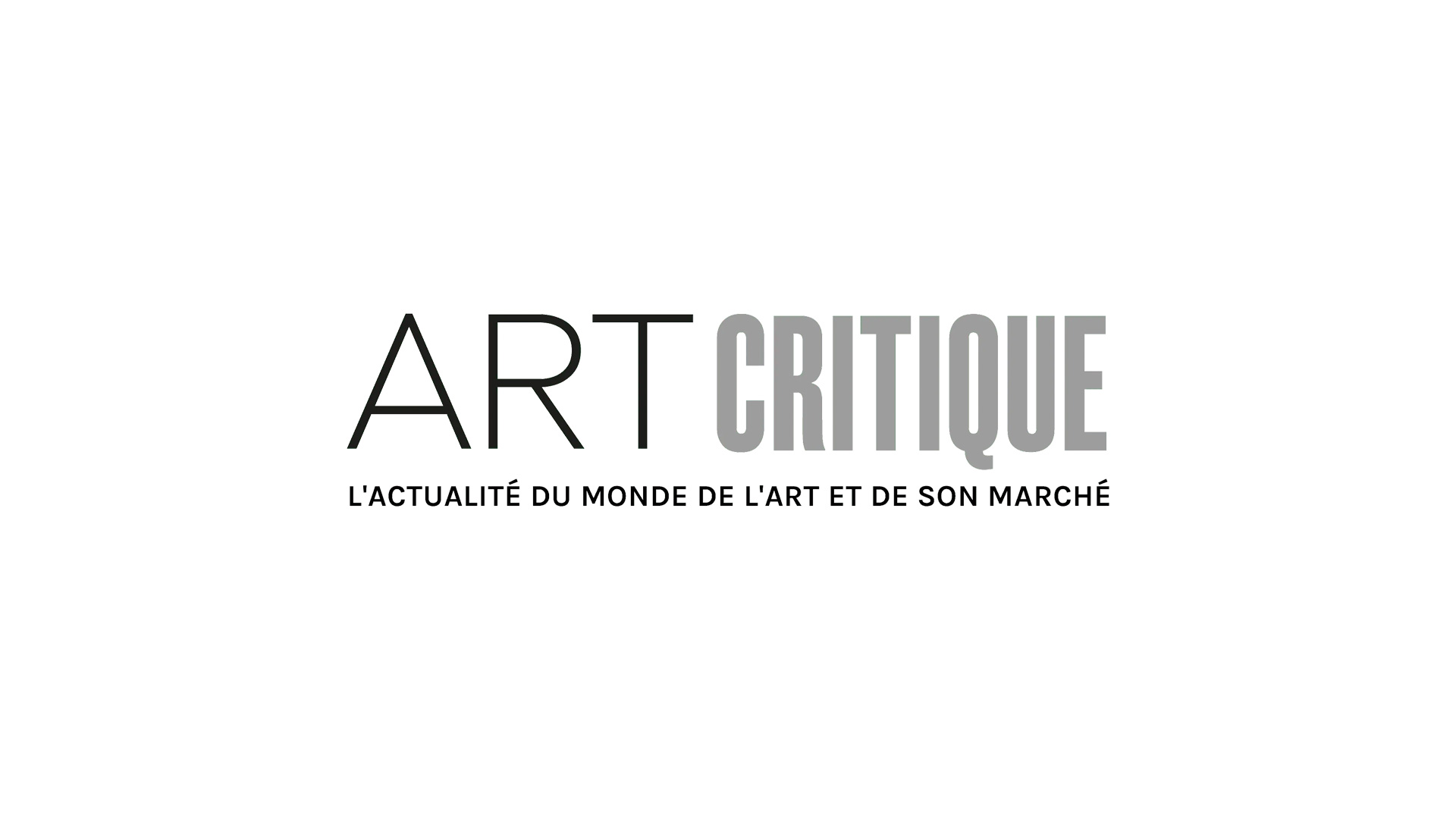This week, the National Museum of Qatar (NMoQ) in Doha opened to the public. The ambitious architectural project, designed by renowned French architect Jean Nouvel, draws on the Gulf’s twin elemental influences of sand and sea, invoking Qatar’s heritage while celebrating its transformation in recent decades.
This daring, multifaceted building promises a glimpse into the ‘secret life’ of the desert and stands in sharp contrast to the more obvious examples of urban expansion that surround it. Occupying a sprawling 52,000 sqm footprint on Doha’s waterfront promenade, Nouvel’s soaring structure comprises hundreds of steel-mounted sandstone facets that evoke the petals of the crystalline desert rose. Inside, the newly renovated Palace of Sheikh Abdullah bin Jassim Al Thani forms its historic heart. A man-made lagoon acts as a reminder of the ancient shoreline.
More than a decade in the making and at a reputed cost of $400m (excluding any budget for exhibits), the museum represents not only the country’s past and present, but also its affluence and ambition.
While many traditional museums offer a series of spaces in which to house disparate exhibitions, the NMoQ instead is designed as a free-form space, providing a sinuous backdrop for an immersive experience. Qatar’s remarkable historical narrative unspools over a mile-long loop of galleries, taking visitors along a timeline that tracks the nation’s progress from nomadic Bedouins to the guardians of vast natural gas reserves that have made it one of the wealthiest nations on earth.
Video displays illuminate the natural history of the region, as well as its geology and wildlife, archaeology and cultural traditions, showcasing Qatar’s natural, anthropological, and paleontological development, from the formation of the Qatar peninsula millions of years ago to the present day. Visitors also have access to a unique digital archive, which includes thousands of resources from all over the world that help to tell Qatar’s story even more eloquently.
The museum is a flagship project of Sheikha Al Mayassa bint Hamad bin Khalifa Al Thani. Sister of the ruling emir and director of NMoQ, Sheikha Al Mayassa is considered to be among the world’s most important art buyers. She is also seen as a reforming member of the Qatari royal family who has been a driving force in the country’s use of its oil wealth to further its cultural growth.
Aged just 36, the Sheikha is a formidable collector in her own right. She was rumoured to have paid between $200 and $300 million for a Gauguin painting in 2015 and $250 million for one of Cezanne’s Card Players series, as well as $20 million for a Damien Hirst pill cabinet. Under her direction, the NMoQ has an ambitious acquisition and development strategy – underwritten by an estimated annual budget of around $1 billion.
Sheikha Al Mayassa’s stated efforts to further Qatar’s cultural development also tie in with the emirate’s efforts to increase its global soft power and diversify its economy, in the face of a dwindling global demand for oil. Recent investments in the arts as well as in sport are part of a broader strategy to generate economic and socio-cultural benefits for the country as a whole, as well as to build its profile on the international stage.
Nowhere has ‘brand Qatar’ been more visible than in its successful bid to host football’s 2022 World Cup. Doha had already made some sporting investments – including the acquisition of French football club Paris Saint-Germain and the sponsorship between government-owned Qatar Airways (QA) and Spanish football club FC Barcelona. When the Gulf state beat close contenders England, the US, Australia and Japan to the World Cup punch, Qatar was propelled into the global spotlight. Of course, it has not always been a positive light, given long running allegations – which the government denies – that it “bought” hosting rights, as well as concerns over labour abuses that the emirate has been making efforts to address. In any case, with a hosting bill that’s expected to reach £90bn, it’s clear that Doha is hoping that these investments will pay off in the long run.
In the context of Qatar’s swift rise from desert backwater to wealthy emirate, the NMoQ represents not only a celebration of the country’s present-day achievements but also acts as a reminder of its journey through history. A temporary exhibition, ‘Making Doha 1950-2030’, shows how irrevocably the course of Qatar’s trajectory changed in the middle of the twentieth century and reveals the importance of recording and preserving for posterity the ancient traditions and practices that went before. It’s a process that is especially important, given the pace of change in this tiny nation state.
Photo credit: http://www.jeannouvel.com/en/projects/musee-national-du-qatar/





